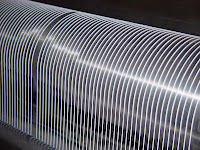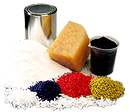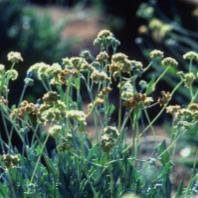Genomatica announced its successful production of pound quantities of butadiene made from renewable feedstocks. This achievement confirms the technical viability of Genomatica’s bio-based manufacturing process for the dedicated, on-purpose production of butadiene. Butadiene is one of the seven basic chemicals at the core of the chemical industry and is an important ingredient used to make products such as tires, engineering polymers and latex products. Global demand is forecasted to be over 20 billion pounds in 2011, or approximately $40 billion based on June 2011 prices.
Potential answer to worldwide butadiene shortage
Genomatica’s accomplishment comes at a time of increasing scarcity and rising costs of “C3” and “C4” chemical products worldwide – major chemicals with three or four carbon atoms, respectively, such as propylene and butadiene. Butadiene is primarily produced today as a by-product of ethylene cracking. Increased availability of natural gas, especially in North America, has contributed to a growing spread between the price of crude oil and natural gas. This dynamic has made lighter feedstocks derived from natural gas a more attractive input for ethylene cracking operations, compared to heavier feedstocks derived from crude oil. The shift toward greater use of these lighter feedstocks has resulted in the production of significantly less C3 and C4 chemicals. Decreasing supplies and the lack of current options for on-purpose butadiene production have resulted in a many-fold increase in the price of butadiene, which affects consumers downstream with rising prices of butadiene-based products.
Genomatica’s processes enable the production of the exact same chemicals, like butadiene, that are used in worldwide supply chains, but made using renewable feedstocks and with the potential for better economics and a smaller environmental footprint. In the case of butadiene, this new technology and process design offers a renewable option for the dedicated on-purpose production of this important supply-constrained chemical with what we expect should be significantly reduced energy use and greenhouse gas emissions relative to petroleum-based processes.
Butadiene to be Genomatica’s second process after butanediol (BDO)
Genomatica’s first process is for commercial production of 1,4-butanediol (BDO), also a C4 chemical. We are currently producing BDO at demonstration scale. We expect the first commercial-scale BDO plant using Genomatica’s process to begin production by the end of 2012, with one of our partners, Novamont.
Genomatica’s second planned commercial process will be for the production of butadiene from renewable feedstocks. The company plans to use its proprietary technology platform to continue to improve process performance and economics. Our platform’s capabilities and the company’s progress were recently recognized by winning a U.S. EPA Presidential Green Chemistry Challenge Award and being named #1 Hottest Company in Renewable Chemicals in a Biofuels Digest poll.
About Genomatica
Genomatica is a technology leader for the chemical industry. It delivers new, transformative manufacturing processes that enable its partners to produce intermediate and basic chemicals from renewable feedstocks. These chemicals serve as the basis for making substantially all of the products that make modern life possible. Genomatica’s processes achieve better economics with enhanced sustainability and a smaller environmental footprint than conventional, petroleum-based manufacturing processes. Genomatica is developing a pipeline of manufacturing processes for the production of these chemicals, and expects the first commercial BDO plant that utilizes its processes to begin production by the end of 2012.


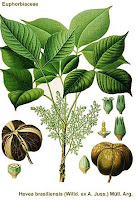






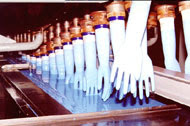






















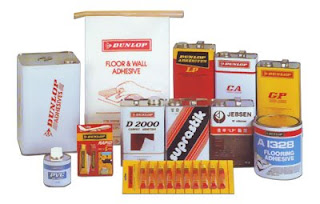
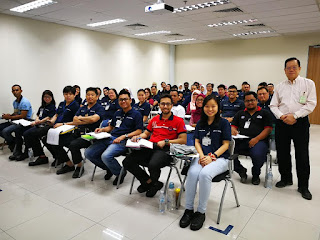

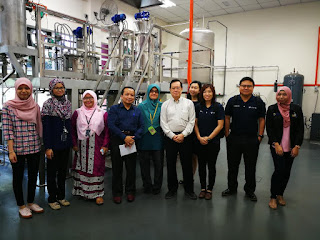
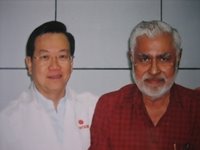





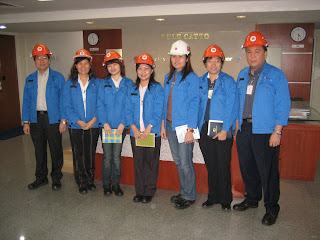
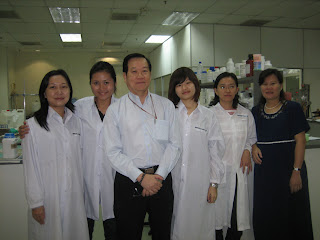
.jpg)
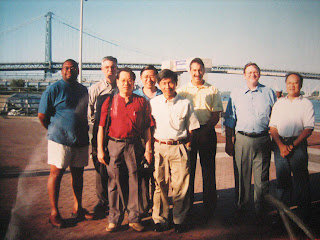.jpg)


.jpg)
.jpg)
.jpg)
.jpg)
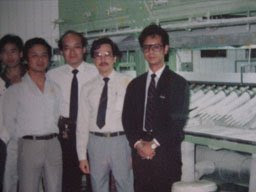.jpg)
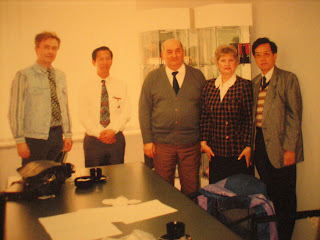.jpg)
.jpg)
.jpg)
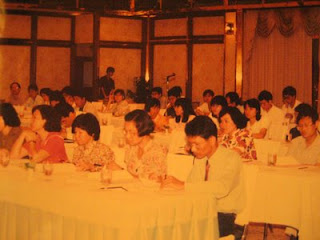.jpg)
.jpg)
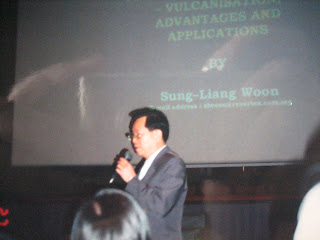.jpg)
.jpg)
.jpg)
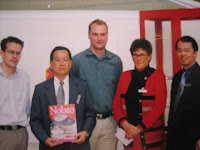.jpg)
.jpg)
.jpg)
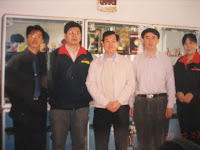.jpg)
.jpg)






